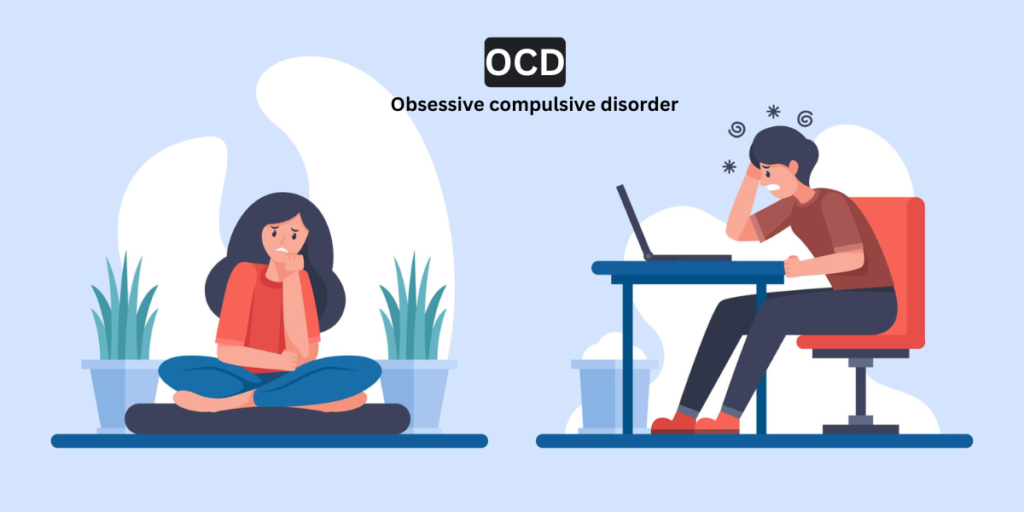We all know someone who loves keeping their space spotless, maybe it’s you, maybe it’s your roommate or maybe it’s your mom. But imagine for a second that tidying up wasn’t a choice, wasn’t enjoyable, and wasn’t even really about cleanliness. Imagine it came from a place of deep fear and anxiety, and no matter how many times you cleaned, it never felt “just right”. That’s what it’s like to live with obsessive-compulsive disorder, or OCD.
Defined by the DSM-5 as a condition involving recurring, intrusive, distressing, irrational and involuntary thoughts, urges or images (obsessions) and repetitive or unwanted behaviours (compulsions) performed to reduce distress, OCD is far more than a preference for order. It’s often mistaken for being neat or perfectionistic, but the difference is stark. Someone without OCD may feel satisfied after organising their books or cleaning their kitchen. A person with OCD, on the other hand, might spend hours repeating those same actions, not out of enjoyment, but to silence a distressing internal alarm that won’t turn off. According to mental health experts, these pattern becomes a vicious cycle: the obsession triggers anxiety, the ritual temporarily soothes it, then the anxiety comes back and the ritual repeats. It’s not just being careful but it’s a loop of worry and ritual that can feel impossible to break.
These rituals don’t bring comfort or joy, they offer only a brief moment of relief from the overpowering anxiety. In fact, most people with OCD often describe their rituals as “beyond reason” . Deep down they know it doesn’t make logical sense, yet they feel powerless to stop. It’s a harsh reality, the ritual doesn’t solve the problem, it only delays the panic, so the cycle continues. And yet, society continues to throw around phrases like “I’m so OCD”, It creates the false idea that OCD is just being a perfectionist. The reality is far different. OCD is a serious anxiety disorder. We all benefit when we use words carefully and recognise that real OCD can be painful and disabling, not just a quirky personality trait. That kind of language isn’t just inaccurate, it’s harmful. It trivialises the daily struggle of those who are genuinely affected and reinforces stigma that keeps people from seeking help. In reality, OCD can interfere with nearly every part of life. It can steal hours from someone’s day, affect their ability to work or study, and even strain relationships. On top of that, the emotional toll is immense, many sufferers report chronic shame, frustration, and isolation, as they try to hide their symptoms or battle them in silence. But the good news is, OCD is treatable. The most effective approach is a type of cognitive-behavioural therapy called Exposure and Response Prevention (ERP), where individuals gradually face their fears without giving in to rituals. Alongside ERP, medications like Selective Serotonin Reuptake Inhibitors (SSRIs) can also help ease symptoms. With time and the right support, people can reclaim control over their lives.
As someone who has taken the time to really understand OCD, I believe it’s time we rethink how we talk about it. Words matter. When we casually misuse the term, we contribute to the very misunderstanding that isolates those who are suffering. But when we speak with empathy, accuracy, and respect, we create space for people to feel seen, supported, and maybe even a little less alone.
Credit
Deepshikha Rai
Intern Trainee of BBRFI


